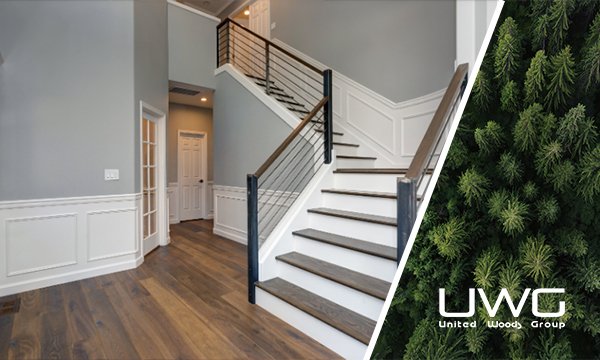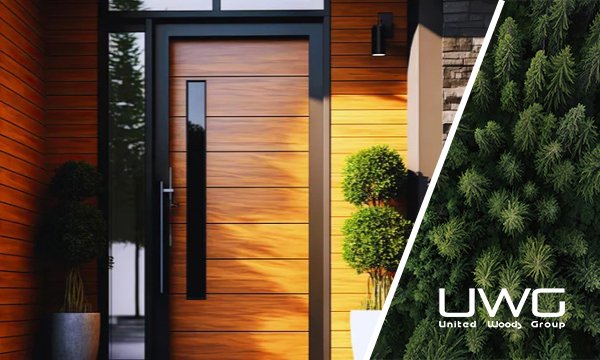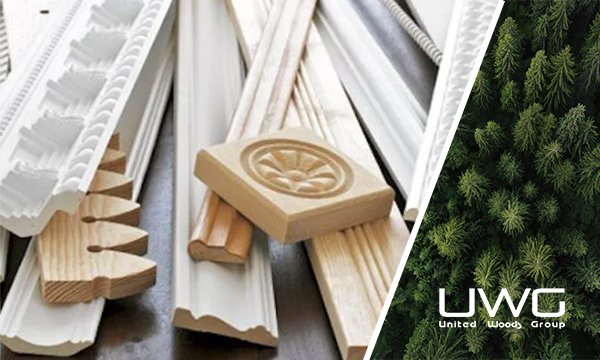When it comes to finishing a room, have you ever noticed those pesky gaps that sometimes appear at the corners of your wood baseboard trim? These small imperfections can seem insignificant at first, but they can quickly become an eyesore, detracting from the overall look of a beautifully finished room. The sight of these gaps might leave you wondering why they occur and how they can be fixed. For homeowners aiming to perfect their living spaces or builders looking to deliver impeccable results, these gaps can be frustrating and challenging.
But fear not! The good news is that filling corner gaps in wood baseboard trim is a task well within your reach. Whether you’re a DIY enthusiast or a seasoned professional, knowing the right techniques and having the proper tools can make all the difference. In this article, we’ll explore why these gaps form and provide you with a step-by-step guide to achieving a seamless, professional finish that will enhance the beauty and value of any room.
- Why Do Corner Gaps Occur in Wood Baseboard Trim?
- What Tools and Materials Are Needed to Fill Corner Gaps?
- How Can You Prepare the Baseboard Trim for Gap Filling?
- What Techniques Are Best for Filling Large Corner Gaps?
- How Do You Achieve a Smooth and Seamless Finish After Filling Gaps?
- What Are the Common Mistakes to Avoid When Filling Corner Gaps in Baseboard Trim?
- Conclusion
Why Do Corner Gaps Occur in Wood Baseboard Trim?
Before you can fix a problem, it’s essential to understand why it happens. Corner gaps in wood baseboard trim can occur for several reasons, including the natural movement of wood, improper installation, or even fluctuations in temperature and humidity. As wood is a natural material, it tends to expand and contract with changes in the environment, which can lead to gaps forming over time. In some cases, gaps may also be the result of inaccurate cutting or misaligned corners during installation. Understanding the root cause of these gaps will help you take the necessary steps to prevent them in the future.

What Tools and Materials Are Needed to Fill Corner Gaps?
Filling corner gaps in baseboard trim requires the right tools and materials to ensure a long-lasting and visually appealing finish. Here’s what you’ll need:
- Caulk gun and painter’s caulk: These are essential for filling small to medium-sized gaps.
- Wood filler: Ideal for larger gaps or where a more rigid material is needed.
- Putty knife: Useful for applying and smoothing wood filler or caulk.
- Sandpaper: Necessary for sanding down the filled area to a smooth finish.
- Paint or stain: To match the repaired area with the rest of the baseboard.
- Miter saw (optional): If the gap is caused by an improperly cut angle, you may need to recut the trim.
Having these tools and materials on hand will ensure that you’re fully prepared to tackle any gaps that might appear in your baseboard trim.

How Can You Prepare the Baseboard Trim for Gap Filling?
Proper preparation is key to achieving a professional finish when filling gaps in baseboard trim. Start by cleaning the area around the gap to remove any dust, dirt, or debris that could interfere with the adhesion of your filler or caulk. If the gap is particularly large, you may want to gently pry the trim away from the wall to allow better access. In cases where the gap is due to a poorly cut angle, use a miter saw to recut the trim for a better fit before proceeding with filling.
Once the area is clean and prepped, you can begin applying your chosen filler material. For small gaps, painter’s caulk is usually sufficient, while larger gaps may require wood filler. Apply the filler carefully, ensuring that it fully penetrates the gap to create a solid and durable repair.

What Techniques Are Best for Filling Large Corner Gaps?
Large corner gaps can be particularly challenging to fill, but with the right techniques, you can achieve a seamless repair. If the gap is too large for caulk alone, consider using wood filler, which provides a more substantial and durable solution.
Begin by applying the wood filler with a putty knife, pressing it firmly into the gap. For very large gaps, you may need to apply the filler in layers, allowing each layer to dry before adding the next. Once the filler is in place and fully dry, use sandpaper to smooth the area, ensuring that it blends seamlessly with the surrounding trim.
If the gap is due to an irregular or poorly cut angle, you might also consider recutting the trim to fit more precisely. This approach can be especially effective in older homes where settling has caused significant gaps between the trim and the wall.

How Do You Achieve a Smooth and Seamless Finish After Filling Gaps?
Achieving a smooth and seamless finish after filling gaps in wood baseboard trim is all about attention to detail. Once the filler or caulk has dried, use fine-grit sandpaper to gently sand the repaired area until it is flush with the surrounding trim. Take care to avoid over-sanding, which could create a noticeable dip or uneven surface.
After sanding, it’s time to paint or stain the area to match the rest of the trim. Apply the paint or stain in thin, even coats, allowing each coat to dry completely before adding the next. For the best results, consider using a high-quality brush or foam applicator, which will help you achieve a smooth and even finish.
If you’re working with stained wood, you may need to experiment with different stain colors or blends to achieve a perfect match. Be sure to test the stain on a small, inconspicuous area before applying it to the repaired section.

What Are the Common Mistakes to Avoid When Filling Corner Gaps in Baseboard Trim?
While filling corner gaps in baseboard trim is a relatively straightforward process, there are a few common mistakes that can detract from the final result. One of the most frequent errors is failing to properly prep the area before filling, which can lead to poor adhesion and a less durable repair.
Another mistake is using the wrong filler material for the size of the gap. Caulk is ideal for small gaps, but it may not provide enough support for larger gaps, which require a more substantial material like wood filler.
Rushing the process is another common pitfall. Be sure to allow ample drying time between layers of filler or caulk, as well as between coats of paint or stain. This will help you achieve a smooth and professional-looking finish.
Finally, avoid over-sanding the repaired area, as this can create an uneven surface that stands out from the rest of the trim. Instead, take your time and sand gently, checking your progress frequently to ensure a smooth and even finish.

Conclusion
Filling corner gaps in wood baseboard trim doesn’t have to be a daunting task. With the right tools, materials, and techniques, you can achieve a flawless finish that enhances the beauty of your home. Whether you’re a homeowner looking to tackle a DIY project or a builder aiming to deliver top-notch results, understanding how to fill these gaps effectively will ensure that your trim looks polished and professional for years to come.








